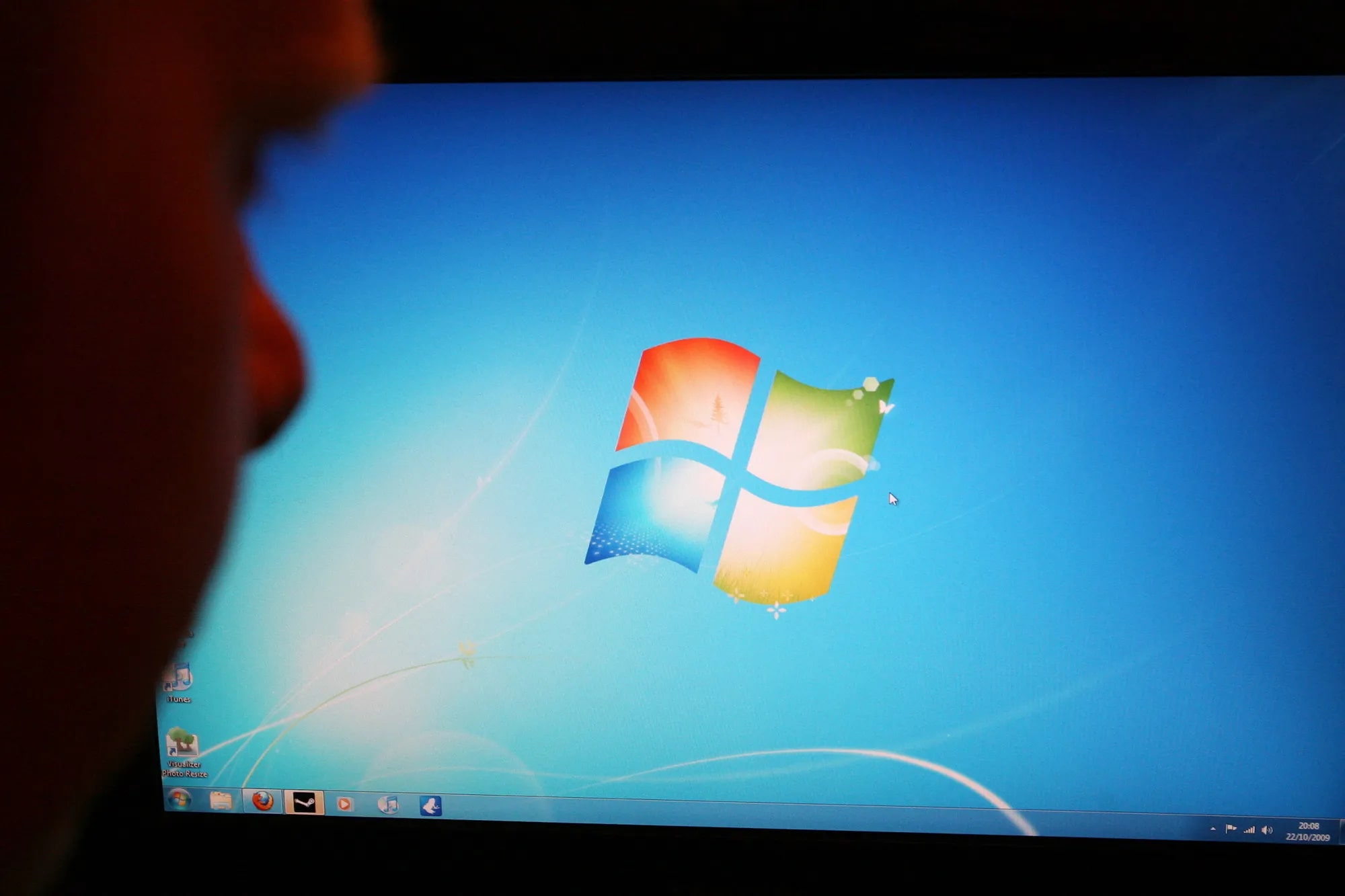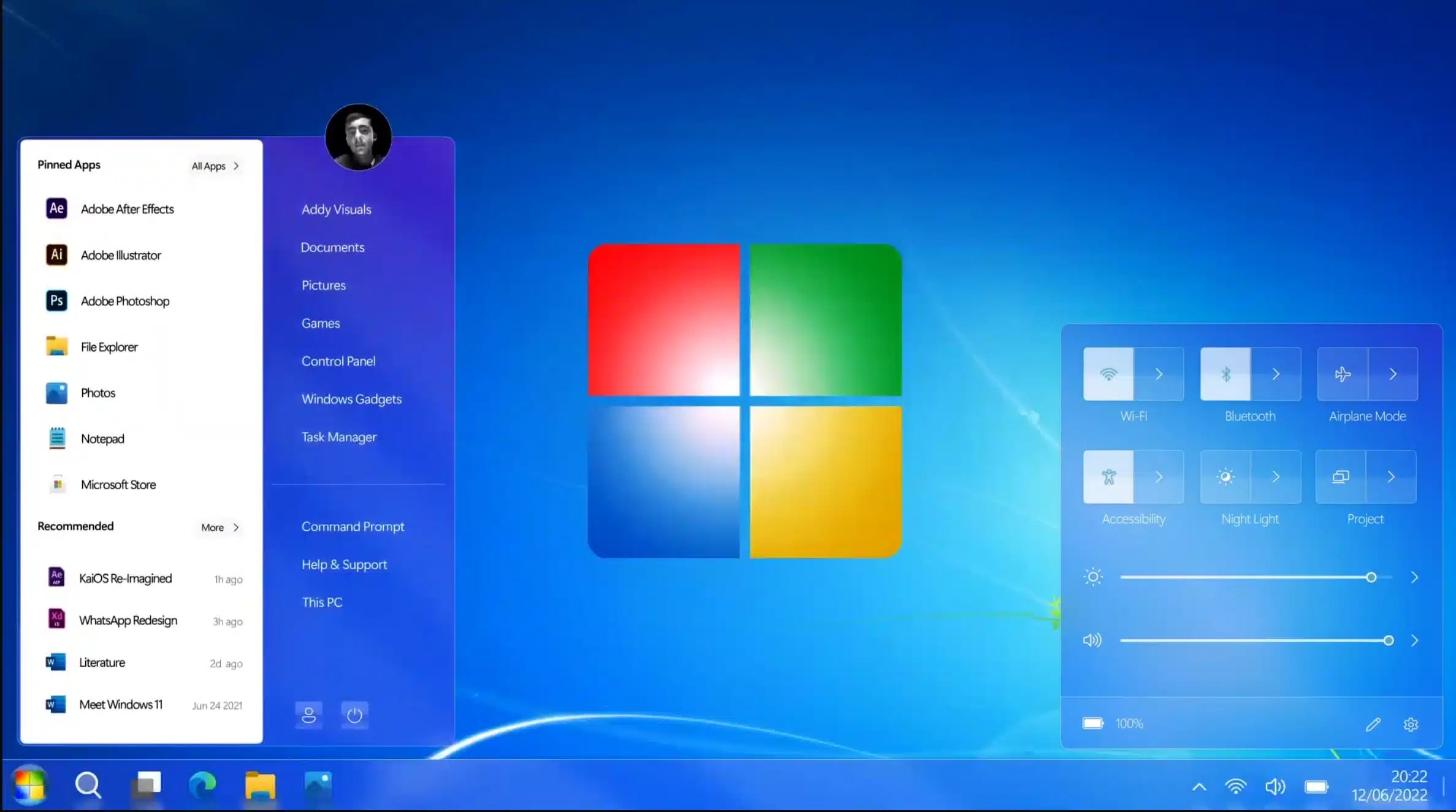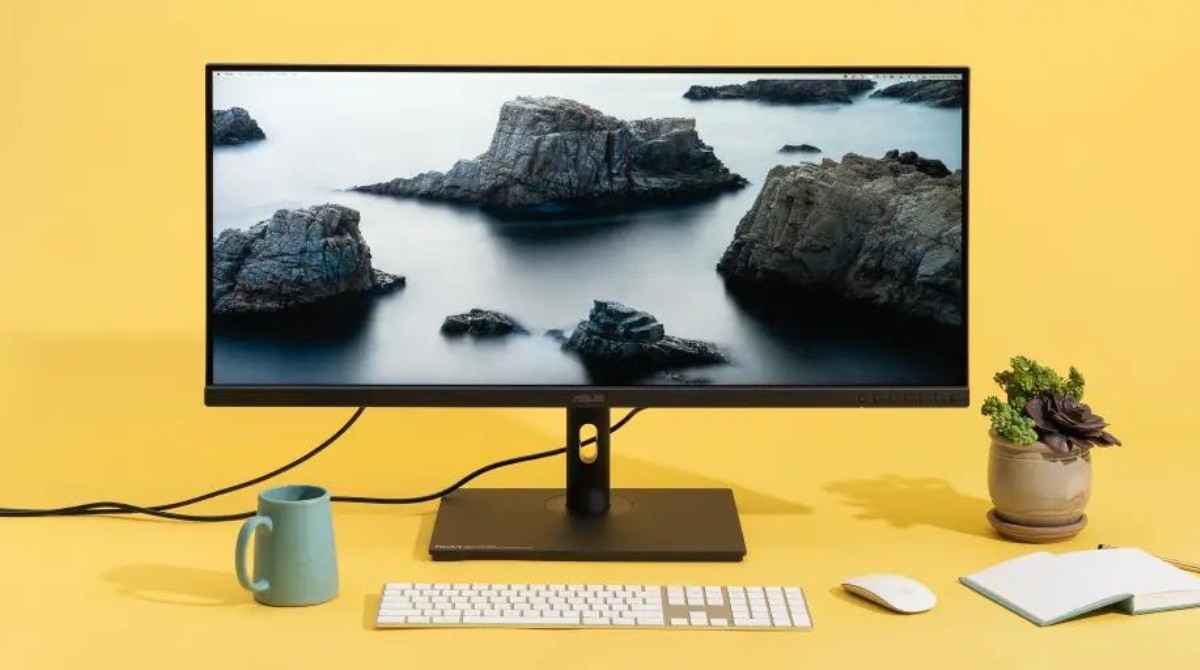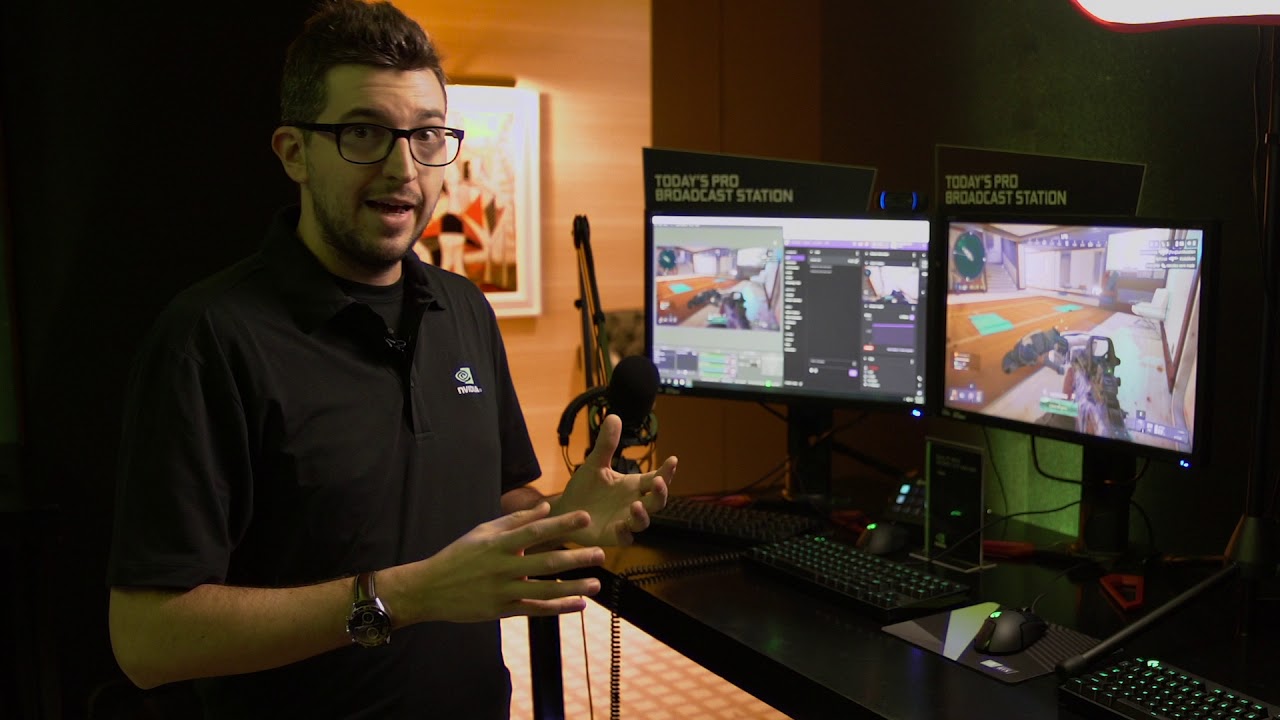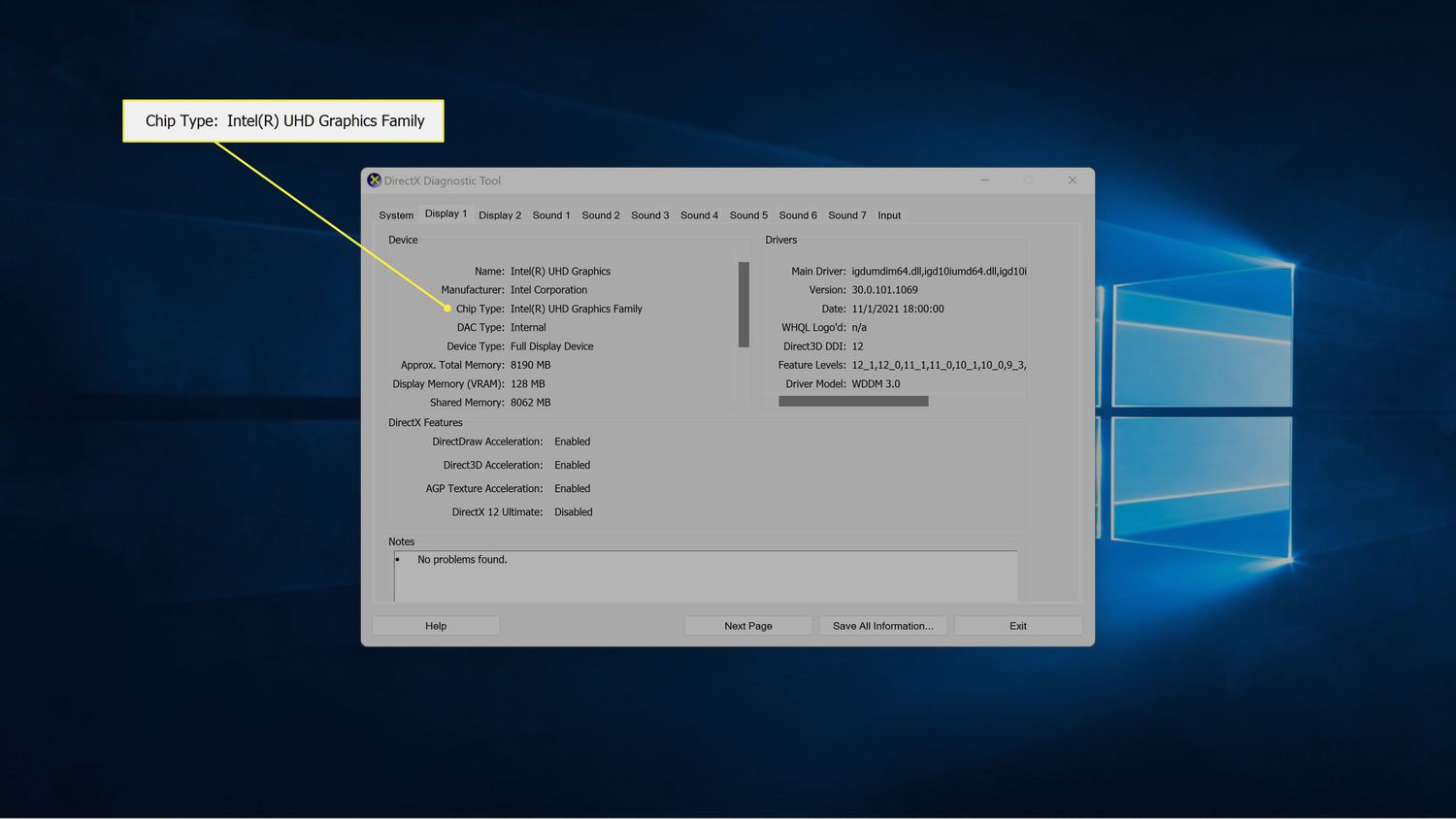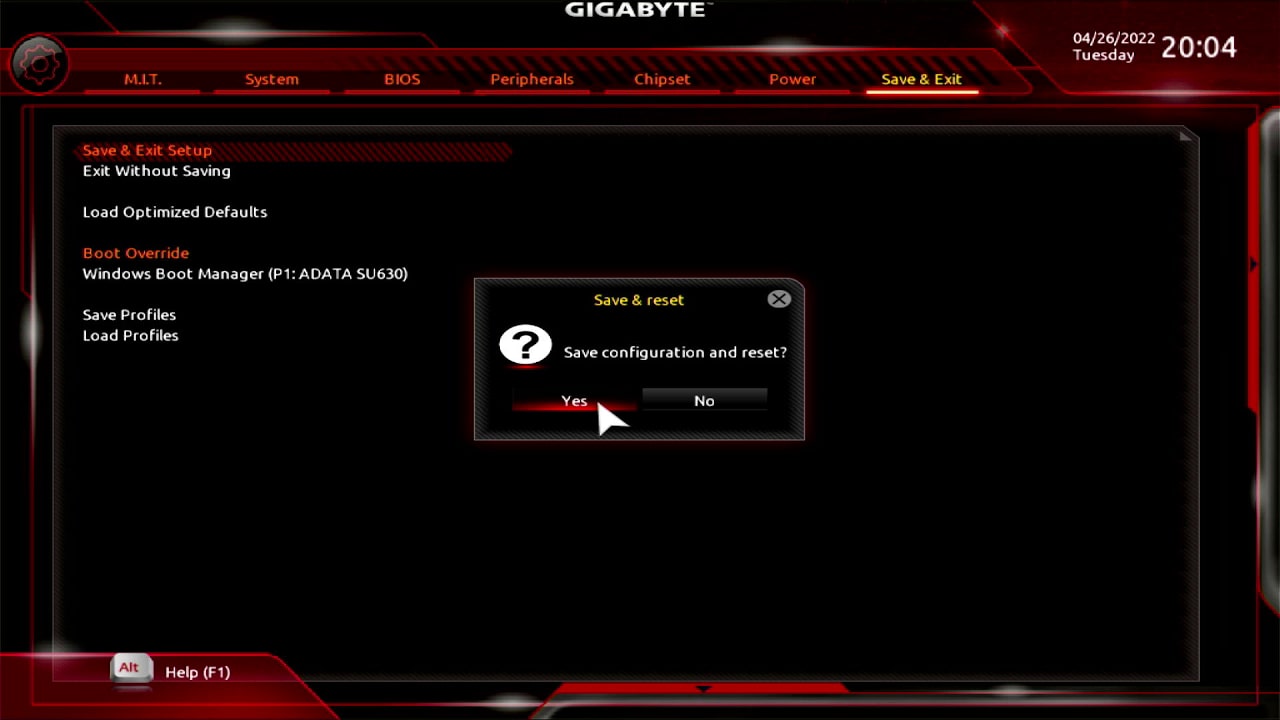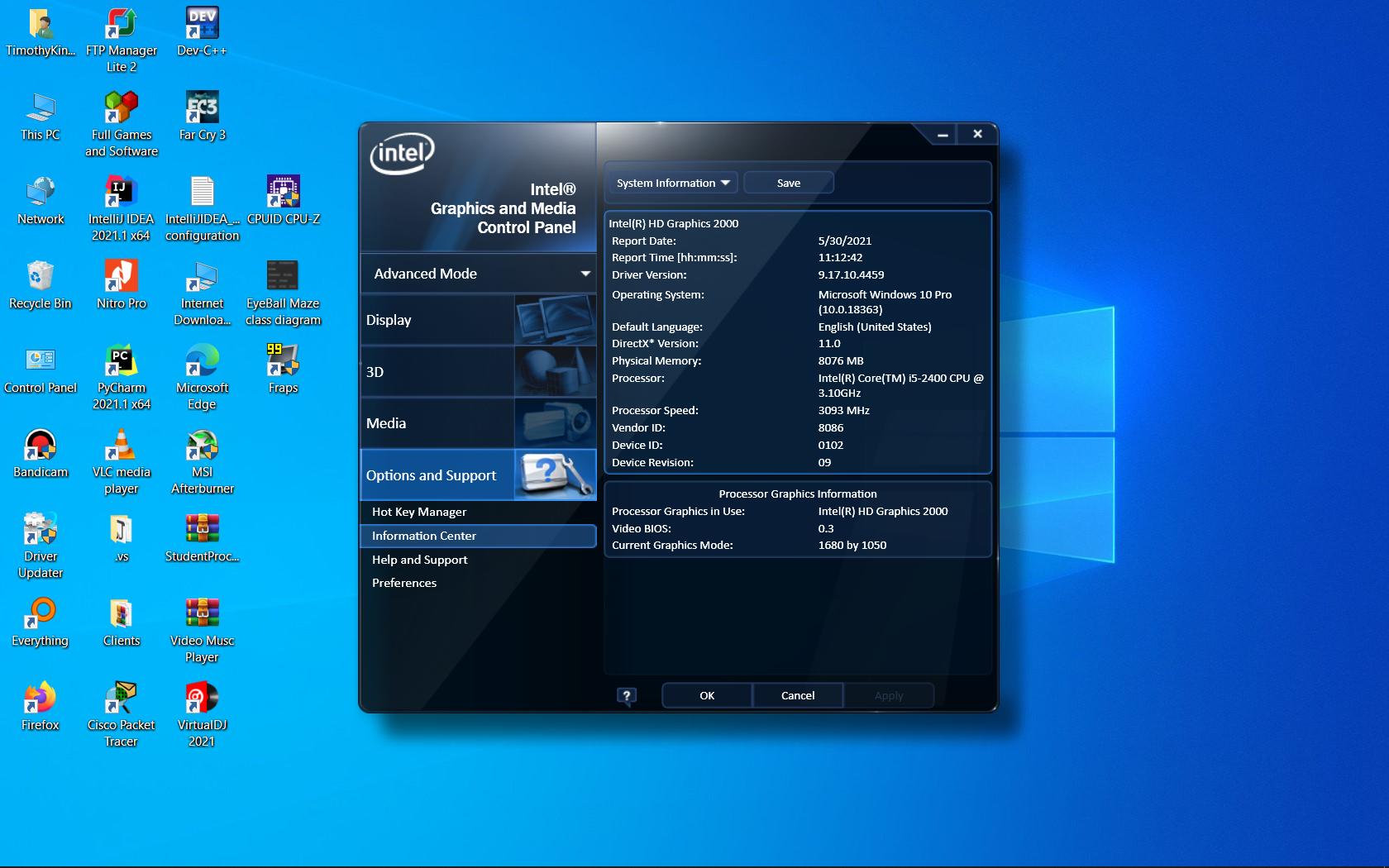What is a Graphics Card?
A graphics card, also known as a video card or GPU (Graphics Processing Unit), is an essential component of a computer system that is responsible for rendering images, videos, and animations on your screen. It works in conjunction with your computer’s processor and memory to handle the complex calculations required for displaying high-quality graphics.
The primary function of a graphics card is to process and render visual data, allowing you to enjoy an immersive gaming experience, watch high-definition videos, and edit graphics-intensive content. Without a dedicated graphics card, your computer’s integrated graphics processing unit (iGPU) may struggle to deliver smooth graphics performance for demanding tasks.
Modern graphics cards are equipped with dedicated memory, powerful processing units, and numerous specialized cores designed to handle the intricate calculations required for rendering and displaying graphics. They come in various forms, including discrete graphics cards, which are separate expansion cards that you can install on your computer’s motherboard, and integrated graphics, which are built into the motherboard itself.
Graphics cards utilize advanced graphical processing technologies such as DirectX and OpenGL to accelerate the rendering process and deliver stunning visuals. They also support features like anti-aliasing, texture mapping, and shading to enhance the realism and detail of the displayed images.
Whether you are a gamer, a professional video editor, or an avid multimedia consumer, having a capable graphics card is vital for achieving optimal performance and visual quality on your Windows 7 system.
Importance of Knowing Your Graphics Card in Windows 7
Understanding and knowing the specifications of your graphics card is crucial when using Windows 7. Here are a few reasons why:
- Optimal Performance: Identifying your graphics card allows you to ensure that it meets the minimum requirements for running specific applications and games. By knowing the capabilities of your graphics card, you can adjust the settings accordingly to maximize performance and achieve smooth gameplay or video playback.
- Compatibility: Different graphics cards support different technologies and features. Knowing your graphics card enables you to determine its compatibility with software, drivers, and updates. This helps avoid potential conflicts and ensures that you can take full advantage of the latest features and optimizations available for your specific card.
- Troubleshooting: In case you encounter issues with graphics-related performance, having knowledge of your graphics card is essential. It allows you to search for specific troubleshooting steps, driver updates, or software patches that can remedy the problem.
- Upgrades and Expansions: If you plan to upgrade your computer’s hardware or expand your system capabilities, understanding your graphics card specifications is important. It helps you determine whether your current card can support the upgrade or if you need to invest in a more capable graphics card.
- Decision-making: Whether you are a casual user or a professional, knowing the capabilities of your graphics card helps make informed decisions. It ensures that you choose software or games that are compatible with your system, allowing you to make the most out of your Windows 7 experience.
Overall, knowing the details of your graphics card is essential for ensuring optimal performance, compatibility, and troubleshooting in your Windows 7 system. It empowers you to make informed decisions and enhances your overall computing experience by maximizing the potential of your graphics card.
Checking Your Graphics Card Using Device Manager
Device Manager is a built-in Windows utility that allows you to manage and view the hardware devices installed on your computer, including your graphics card. Here’s how you can check your graphics card using Device Manager in Windows 7:
- Open the Start menu and search for “Device Manager.”
- Click on the Device Manager icon to open the utility.
- In the Device Manager window, look for the “Display adapters” category and click the arrow next to it to expand the list.
- Your graphics card should be listed underneath the “Display adapters” category. The name of your graphics card, such as NVIDIA or AMD, will be displayed.
- To view more detailed information about your graphics card, right-click on its name and select “Properties.”
- In the Properties window, you can access various tabs, such as “General,” “Driver,” and “Details,” which provide additional information about your graphics card, its driver version, and hardware ID.
By checking your graphics card using Device Manager, you can quickly determine the manufacturer and model of your graphics card. This information is essential when seeking driver updates or troubleshooting graphics-related issues.
Note that the information provided in Device Manager may not include all the technical specifications of your graphics card. For a more comprehensive view of your graphics card’s details, you can use additional tools like the DirectX Diagnostic Tool or third-party software.
Now that you know how to check your graphics card using Device Manager, you can easily keep track of its name and manufacturer, enabling you to stay up-to-date with driver updates and ensure smooth graphics performance on your Windows 7 system.
Checking Your Graphics Card Using DirectX Diagnostic Tool
The DirectX Diagnostic Tool is a utility built into Windows 7 that provides detailed information about your system’s graphics and sound capabilities. It can also be used to check your graphics card. Here’s how you can use the DirectX Diagnostic Tool to identify your graphics card:
- Open the Start menu and search for “dxdiag.”
- Click on the “dxdiag” application from the search results to open the DirectX Diagnostic Tool.
- Once the tool launches, you will see several tabs such as “System,” “Display,” “Sound,” etc.
- Click on the “Display” tab to access information related to your graphics card.
- Under the “Device” section, you will find the name of your graphics card, as well as the manufacturer and the current driver version.
- Besides the basic details, you can also find additional information on the “Notes” section. This may include features supported by your graphics card, the amount of dedicated video memory, and details about the driver.
- If needed, you can also test your graphics card’s performance by clicking on the “Test Direct3D” or “Test DirectDraw” buttons. These tests can help identify any potential issues with your graphics card.
The DirectX Diagnostic Tool provides a comprehensive view of your graphics card, including important details like the driver version and supported features. This information is useful for troubleshooting graphics-related issues and ensuring that you have the latest drivers installed.
With the DirectX Diagnostic Tool, you can easily check your graphics card in Windows 7 and have quick access to the necessary information for driver updates or troubleshooting graphics performance problems.
Using Third-Party Software to Identify Your Graphics Card
In addition to the built-in Windows utilities like Device Manager and DirectX Diagnostic Tool, there are various third-party software programs available that can help you identify your graphics card with more detailed information. These software tools offer additional features and functionality beyond what the built-in utilities provide. Here are a few popular options:
- GPU-Z: GPU-Z is a lightweight utility that provides detailed information about your graphics card, including its model, GPU temperature, clock speeds, memory usage, and more. It is a free and reliable tool that is widely used by professionals and enthusiasts.
- CPU-Z: Although primarily a CPU monitoring tool, CPU-Z also provides information about your graphics card under the “Graphics” tab. It displays the GPU model, driver version, memory size, and other relevant details.
- MSI Afterburner: While primarily known for its overclocking capabilities, MSI Afterburner also provides in-depth information about your graphics card. It displays real-time statistics like GPU usage, temperature, clock speeds, and power consumption.
- HWiNFO: HWiNFO is a comprehensive system information tool that can provide detailed information about various components of your system, including your graphics card. It offers extensive information, including vendor, model, driver version, and even sensor data for temperature and fan speeds.
- Speccy: Speccy is another popular system information tool that provides detailed hardware information, including your graphics card. It displays the manufacturer, model, driver version, and other relevant details about your graphics card.
These third-party software programs offer more detailed and accurate information about your graphics card compared to the built-in Windows utilities. They can be handy when you need specific information about your graphics card, want to monitor its performance, or when troubleshooting graphics-related issues.
It’s important to note that while these third-party tools are generally reliable and widely used, always make sure to download them from reputable sources to avoid downloading any malicious or unreliable software.
By using third-party software tools to identify your graphics card in Windows 7, you can gain access to more detailed information and advanced features, allowing you to make more informed decisions and optimize the performance of your graphics card.
Additional Tips and Troubleshooting for Graphics Card Identification in Windows 7
While the aforementioned methods can help you identify your graphics card in Windows 7, some additional tips and troubleshooting steps can further assist you in this process. Here are a few suggestions:
- Verify physical connection: Ensure that your graphics card is properly installed and connected to your computer’s motherboard. Sometimes, a loose connection can cause detection issues.
- Update graphics card drivers: Keeping your graphics card drivers up to date is crucial for optimal performance and compatibility. Visit the manufacturer’s website to download and install the latest drivers for your specific graphics card model.
- Restart your computer: Sometimes, a simple restart can resolve detection issues. Restart your computer and check if your graphics card is properly identified afterward.
- Check for Windows updates: Windows updates often include driver updates that can help in identifying your graphics card. Make sure you have installed all the latest updates for your Windows 7 system.
- Check system documentation: If you have a pre-built computer, consult the documentation or manufacturer’s website to find information about your graphics card model and specifications.
- Inspect the graphics card physically: If you have access to your computer’s internal components, you can inspect the physical card itself. Look for any branding or labels on the card that can help identify the manufacturer and model.
- Seek expert assistance: If you are still unable to identify your graphics card or encounter persistent issues, consider seeking help from a computer technician or contacting the support channels provided by the graphics card manufacturer.
By following these additional tips and troubleshooting steps, you can enhance your chances of successfully identifying your graphics card in Windows 7. Remember that accurate identification of your graphics card is essential for optimal performance and compatibility with software, games, and updates.
Always ensure that you have the latest drivers and updates installed, and consider consulting expert resources when needed. With the right information about your graphics card, you can make informed decisions and troubleshoot any problematic situations that may arise on your Windows 7 system.







